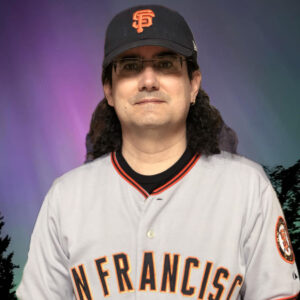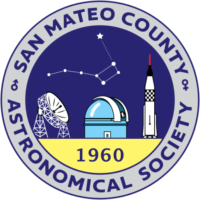Greetings to the Society,
The hits keep coming this year, with the excitement of the aurora borealis being visible in the San Francisco Bay Area on May 11 and 12, 2024, due to a rare solar storm. This spectacular display of natural beauty was a rare treat for our region, delighting both seasoned astronomers and curious onlookers.
A once-in-a-lifetime event is also on the horizon! The nova T Coronae Borealis, which erupts spectacularly every 80 years, is expected to occur any day now. T CrB, nicknamed the Blaze star, is a recurrent nova in the constellation Corona Borealis. This will be your only chance to witness this celestial phenomenon for decades to come. Additionally, Comet C/2023 A3 is currently visible through telescopes (I have gotten some shots of it myself) and is anticipated to become visible to the naked eye by September through October. This promises to be a remarkable sight for all sky watchers.
Understanding Nova and Supernova
As we eagerly anticipate the nova, it’s a good time to clarify the difference between a nova and a supernova. A nova occurs in a binary star system, where a white dwarf and a companion star are in lose proximity. The white dwarf accumulates material from its companion, leading to a sudden and dramatic increase in brightness. This outburst does not destroy the star, and the process can repeat over time.
In contrast, a supernova is a much more violent and catastrophic event. It marks the end of a star’s life cycle. There are two main types of supernovae: Type I, which occurs in binary systems when a white dwarf accumulates too much mass from its companion and undergoes a thermonuclear explosion, and Type II, which happens when a massive star exhausts its nuclear fuel and its core collapses, leading to a colossal explosion. Unlike a nova, a supernova results in the destruction of the star, often leaving behind a neutron star or black hole.
Spring Equinox Celebration
The Spring Equinox Party on May 18th at the Crystal Springs United Methodist Church was a great success. We enjoyed delightful company and had the pleasure of viewing some fantastic astrophotography from our talented members, Ravi, Michelle and others. Their images captured the beauty of the night sky and inspired many of us to look up and explore.
Board Elections: A Call for Nominations
This quarter also signals the time for board officer elections. If you’ve ever considered playing a more active role in the governance and direction of our society, now is the chance to step forward. We have openings for all positions, including at-large positions, welcoming anyone keen to contribute. New ideas and fresh faces are always a boon to our community, ensuring we continue to offer exciting and engaging activities.
Looking Forward to Clear Skies
We’re all hoping for clear skies in the months ahead. Perfect stargazing conditions would be the icing on the cake for a society as passionate about astronomy as ours.
Here’s to a summer filled with celestial wonders and community achievements.
Clear skies and happy viewing!,

Michael Cooke
President, San Mateo County Astronomical Society
